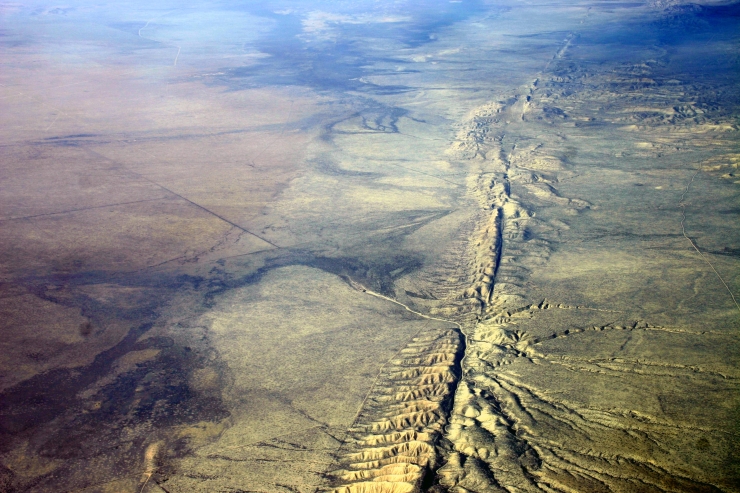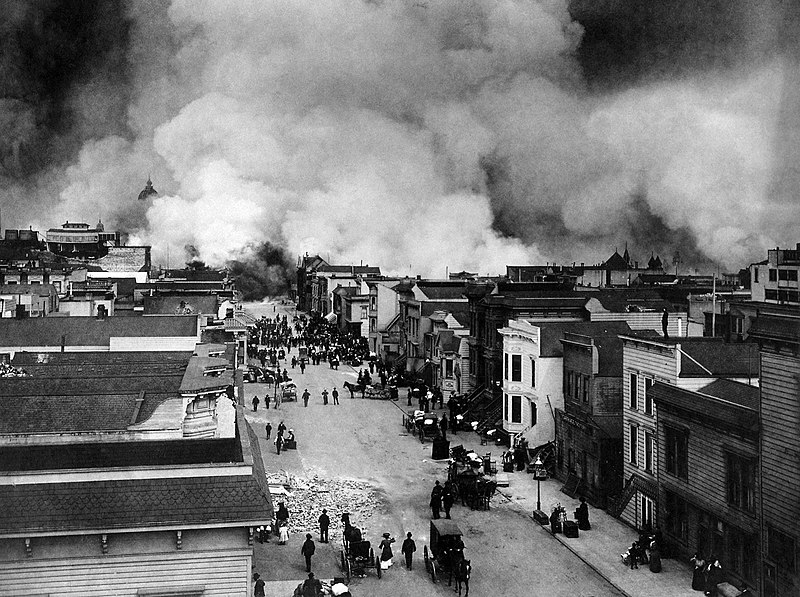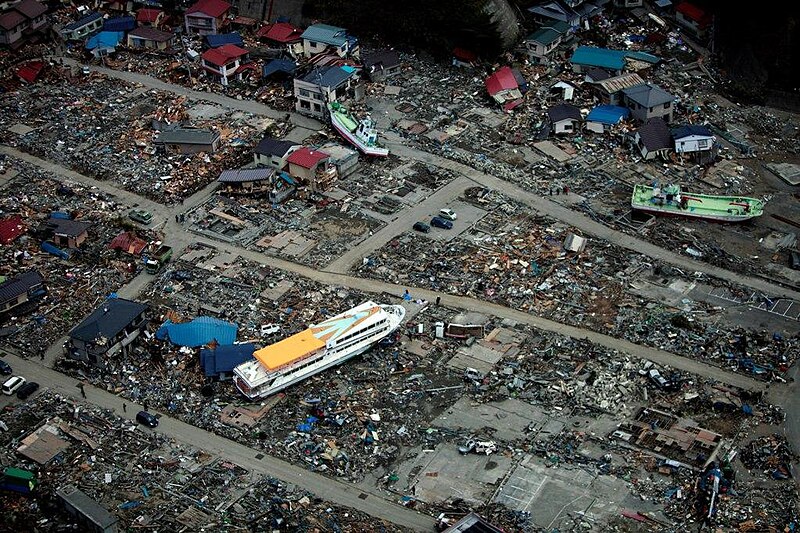Storms ( วาตวัย )
Storms is
Storms means. Disasters caused by hurricane force winds. Cause damage to buildings, trees and buildings. In Thailand, windstorm or hurricane force winds are caused by natural phenomena is a national playoff.
1.Including depression tropical cyclone tropical storm typhoon
2. Storms often occur during the summer months of March and April. It occurs frequently in the North and Northeast. Central and eastern parts. There will be a few times over. For the South, it can happen, but not frequently. Takes place in the summer by storm. That is swelter during several consecutive days. Then a stream of high pressure air blowing in China clash Rain causes stormy windy. And may have hail damage in a wide area that is approximately 20 to 30 square kilometers.
3.Tornado (Terry Manado), a severe storm caused a small circulation. The wind under a cloud formation in the set. Cloud or thunderstorm. (Lower Nimbus cloud accumulator) with a low cloud base. Vortices with wind speed is high. The air flow was docked up to the sky. Or broken down from the clouds like a chimney or tentacles extended. If the ground is damaging the tree houses and buildings have. In Thailand, often resulting vortices. Attunement ground is largely up to the base of the cloud. And occurs infrequently they occur in a confined space and have a short period of time, thus causing damage in some areas.
In major hurricane happening where and when
1. Storm of tropical storm "Harriet," which peaked Rams district Pakphanang province on 25 October 2505 to the death of 870 people lost 160 people, injured 422 people homeless, 16,170 people, property loss is around 960. million baht
2. Storm of typhoon "Gay" is swept into the province on Nov. 4, 2532 windstorm was measured at
120 km / h, 5,495 people died, 602 people were injured, 61,258 houses were damaged after a property loss estimated. 11,739,595,265 baht
3.Hurricane typhoon Linda. From November 2 to November 4, 2540, causing flooding and damage from storm waves washing ashore in the 11 provinces of the south and east in November 2532.
Figure 4 storm damage gay. The province.
What are the dangers of a hurricane
Harm caused by the storms and strong winds. The resulting damage
Onshore
Trees uprooted. Trees over houses collapsed. People were wounded to death. Plantations. Very heavy losses.
Unhealthy homes. Unable to resist the violence of the wind had broken locomotives. Made with zinc roofs being blown open. Roof tiles carded. Harm to those in the open, telegraph poles, electricity poles, telephone poles, power lines fall short circuit caused the fire. People died of electric shock. People living by the sea. Houses are covered with the waves. And swept into the sea. Many people drowned in the sea. Heavy rain all day and all night. Flooding to come. Cataract from the mountain flows down severely flooded homes, roads and farmland greenhouse gardens.
Transportation railroad bridges and roads were cut off.
In Sea
Windswept waves are very large ships may be big blow to the shore or the reef sank.
All boats should keep ashore or avoid sailing near the storm center. Has made big waves washing ashore at high tide flooding. Dwellings along the ocean and sweep the building may not fit into the sea. Coastal fishing boats were destroyed.
Preparing for hurricane protection required, however
Preparation for and during a hurricane
1. Follow news like bad weather warnings from the Department of Meteorology.
2. Preparing radio and communications equipment. Battery type battery. To catch up in case of power outages.
2. Cutting branches or twigs may be rolled from the storm. The branches to be deducted over the house power lines, trees, dead trees should be cut down waste management.
4. Poles and power lines in and out of the house to order. If the bond is not strong poles for stability.
5. Stay stable over time while building a windstorm. Do not come out in the open. Because trees and branches may be cut down over it. Including zinc and tiles are blown by the wind to do harm.
6th. Shut all the windows. Including door and window to the strong. If the window is not strong. Using no more leaning close the door hit the nail fixation. Windows will be more secure.
7. Preventing wind and channel it through various winds cause damage.
8. Prepare lanterns, flashlights and matches them with. Keep close at hand. When the power goes out it will be available in a timely manner, and all equipment with clean water and cover weights.
9. Prepare backup. Canned food to sustain you for the duration of 2-3 days.
10. Extinguish the fireplace before the operation, and should be equipped with a fire extinguisher.
11. Prepare medical supplies.
12. Items should be in the low I may be missing. Fracture damage.
13. Those rafts down firmly anchor fixation strength.
14.If the vehicle or vehicles should be prepared for the storm and may have to take the patient to the hospital should be able to fill up the gas tank at all times.
15. Was calm and then have to wait at least 3 hours if winds reach this stage, and no recurrence. To trust that the storm has passed, because when the storm center passed to the strong winds and heavy rain for about two hours ago.
16. Recovered strongly in the decision. To harm the family crisis. The weather forecast calls the phone number 398-9830, 399-4012-3.
When the storm calmed
1. Upon immediately help the wounded and taken to hospital or medical center as fast as possible.
2. Nearby tree will fall immediately to topple down. Otherwise, Subversion will break later.
3.If a power pole fell. Do not approach or touch the cord itself. Danger mark. 4 let staff handle food or electricians. Do not touch the metal conductor of electricity.
4. Turns out that any of the plumbing. To notify the authorities immediately.
5. Do not use tap water. The water may not be pure. Due to burst pipe or flooding. If you drink tap water as it may cause the disease. The drinking water supply before the scene instead.
6. Problems in public health that may occur.
Control disease outbreaks have the potential
1.Clean water such as chlorine, alum and lime.
2.Removal using lime or liquid stools Seoul Lite 5% odor removal and disinfection.
3.Vehicle removal such as mosquitoes, flies and disease using insecticides.
Diseases that usually occur after a hurricane
1.Respiratory diseases such as colds.
3.Infectious and parasitic diseases such as leptospirosis, etc. purulent inflammation.
3.Skin diseases such as eczema, etc. Water Co. water.
4.Diseases of the gut such as diarrhea.
5.Mental conditions such as stress.















